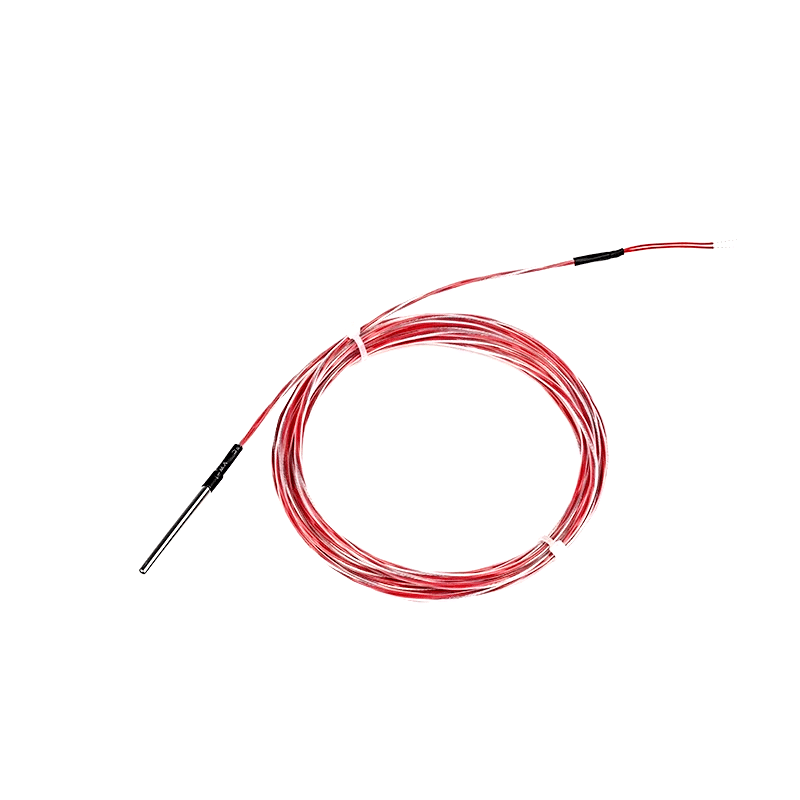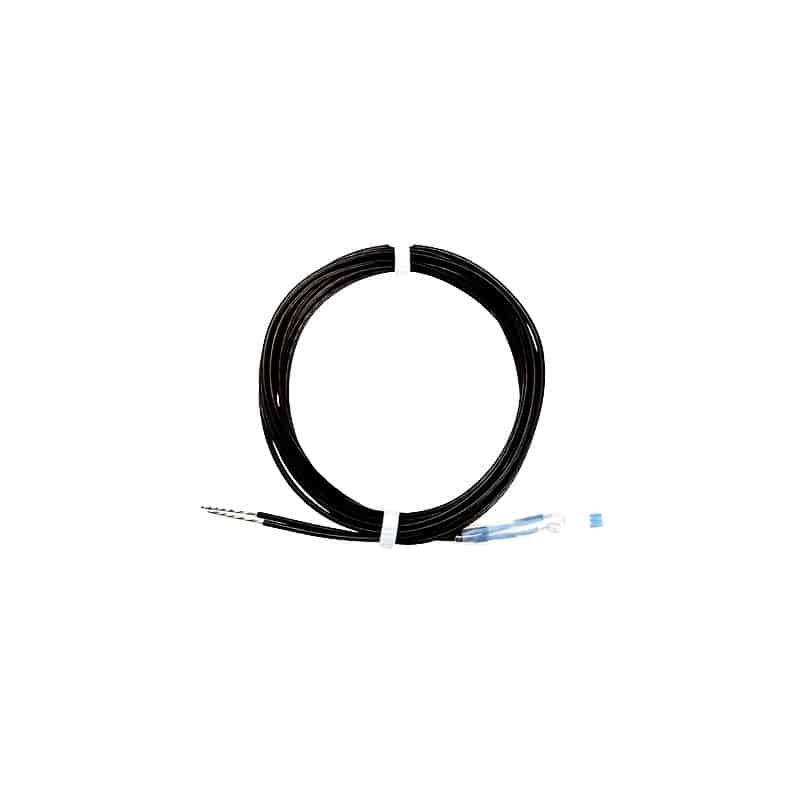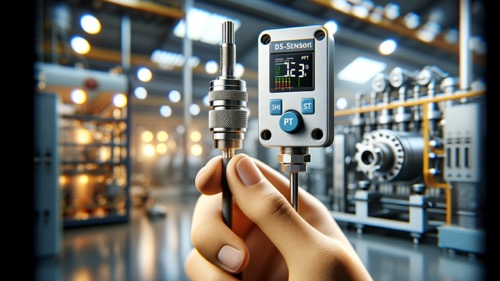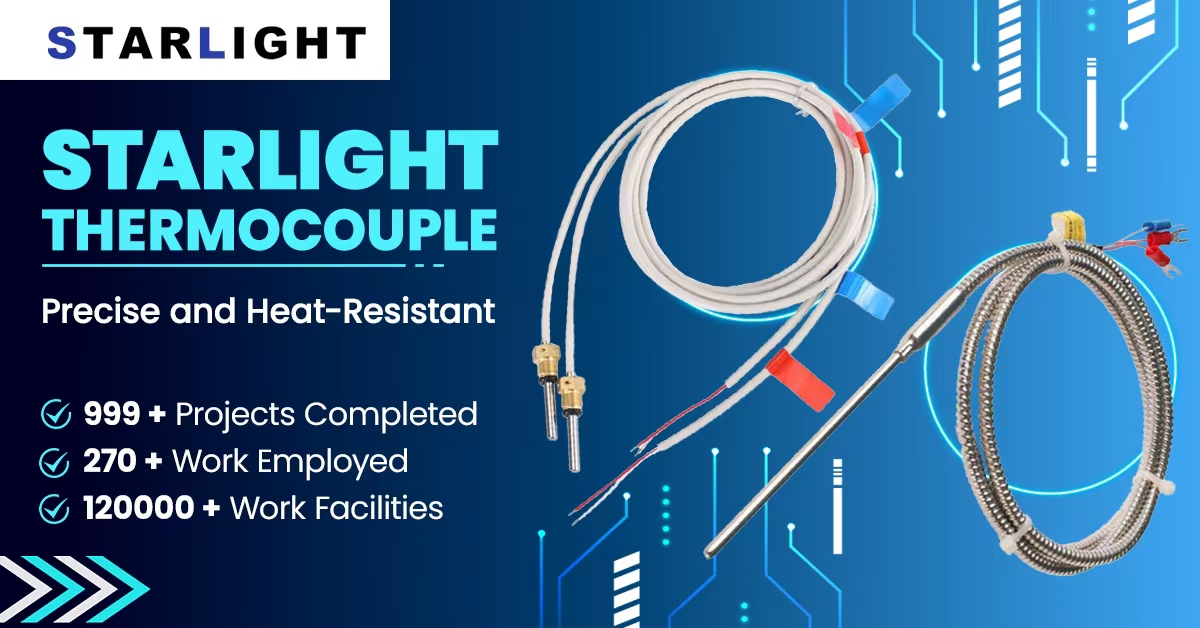Network Temperature and Humidity Sensor – Enhancing Environmental Monitoring
Table of Contents
- Introduction
- Benefits of Network Temperature and Humidity Sensors
- Installation and Configuration
- Applications in Various Industries
Introduction
Temperature and humidity are crucial environmental parameters that need to be monitored and controlled efficiently, especially in sectors such as agriculture, manufacturing, healthcare, and data centers. With the advent of IoT (Internet of Things) technology, network temperature and humidity sensors have revolutionized the way environmental monitoring is conducted.
These advanced sensors provide real-time data on temperature and humidity levels, enabling businesses and individuals to make informed decisions regarding their environmental conditions. In this article, we will explore the benefits of network temperature and humidity sensors, their installation and configuration, and various applications in different industries.
Benefits of Network Temperature and Humidity Sensors
- Accurate Monitoring: Network temperature and humidity sensors offer precise measurements, ensuring reliable and accurate data collection.
- Real-time Alerts: These sensors provide instant notifications via email or SMS when temperature or humidity exceeds pre-set thresholds, allowing for prompt action to avoid potential damages.
- Remote Accessibility: With network connectivity, users can access sensor data from anywhere, anytime, using a computer or mobile device. This enables remote monitoring and control of environmental conditions.
- Data Logging and Analysis: Network temperature and humidity sensors often come equipped with data logging capabilities, enabling long-term data storage and analysis. This can help identify patterns, trends, and potential issues.
Installation and Configuration
Installing a network temperature and humidity sensor is relatively simple and can be done in a few steps:
- Select a suitable location for the sensor placement, considering factors such as the area you want to monitor, accessibility, and avoiding direct sunlight or heat sources.
- Connect the sensor to a power source and ensure it is properly grounded.
- Configure the sensor settings, including network connectivity, desired temperature and humidity thresholds, and alert preferences.
- Once configured, mount the sensor securely and power it on to start collecting data.
Applications in Various Industries
Network temperature and humidity sensors find applications in numerous industries, some of which include:
- Agriculture: Monitoring temperature and humidity levels in greenhouses or livestock facilities to ensure optimal agricultural production.
- Manufacturing: Controlling environmental conditions in manufacturing plants to prevent product spoilage or equipment malfunction.
- Healthcare: Maintaining precise temperature and humidity levels in medical storage areas, laboratories, and hospitals to preserve the integrity of pharmaceuticals and medical equipment.
- Data Centers: Ensuring the proper functioning and longevity of servers and IT equipment by maintaining ideal temperature and humidity conditions.
In conclusion, network temperature and humidity sensors offer significant advantages in monitoring and controlling environmental conditions. With their accurate data collection, real-time alerts, remote accessibility, and data logging capabilities, these sensors have become an essential tool for various industries. By installing and utilizing network temperature and humidity sensors, businesses and individuals can ensure a stable and optimized environment.





